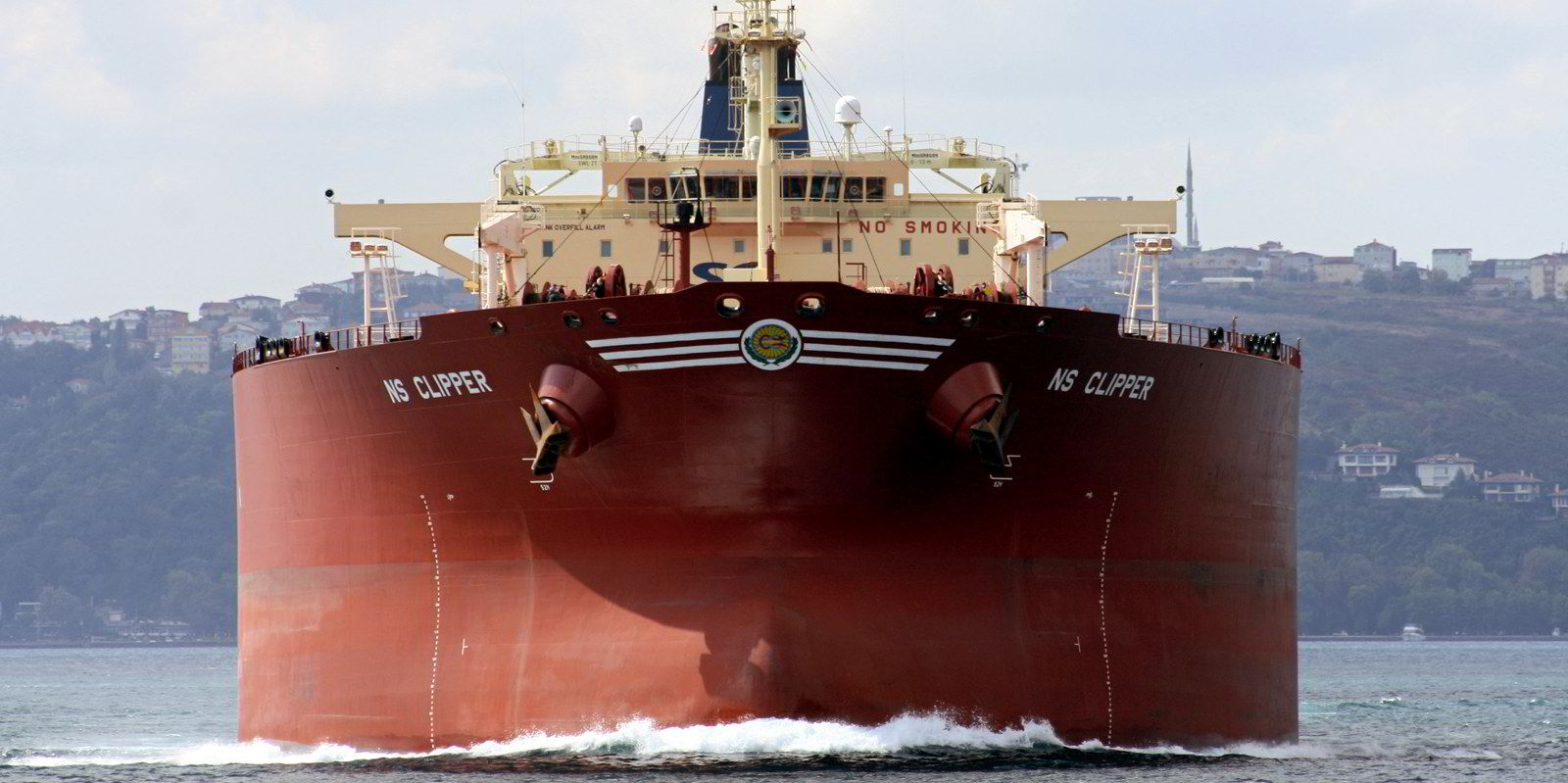French shipbroker Barry Rogliano Salles (BRS) believes Russian-controlled tankers will be largely untouchable as long as the war in Ukraine continues.
“We understand that charterers are now extremely wary of chartering any of these ships (whether sanctioned or not) due to the potential that they could eventually be sanctioned and the previously outlined payment issues,” the company said.
Combined, the capacity of these tankers is 18.3m dwt, representing 2.8% of the global fleet of 3,000 dwt or above.
BRS likened the situation to the uncertainty surrounding the sanctions placed by the US on Chinese shipowner Cosco Dalian in September 2019 as charterers backed off all Cosco tankers until it became clear which ones were under sanction.
“Since the potential for sanctions remains high, we anticipate that all Russian-linked tankers will continue to be shunned by large western charterers for as long as Russian forces remain in Ukraine,” BRS said.
The Paris-based shop stressed that the situation is changing on an almost hourly basis.
Sanctions have so far been levelled against three Russian tanker-owning companies: Sovcomflot (SCF Group), Rosneft and Gazprom Neft.
Sovcomflot controls a fleet of 75 tankers of 3,000 dwt and above.
Meanwhile, Rosneft and Gazprom Neft have fleets containing 14 and five ships, respectively.
BRS has identified 389 tankers of more than 3,000 dwt that are either Russian-flagged or either owned or operated by Russian entities.
Loading problems ahead
If sanctions widen, tankers loading at the Russian crude export terminals of Ust Luga and Primorsk could also encounter problems transiting the Baltic Sea and the English Channel.
Ukraine has been cut off from the world, but it is not a major importer or exporter of oil by sea, taking in about 40,000 barrels per day (bpd) of crude, predominantly from elsewhere in the region, and carried mainly by aframax.
The country also imports another 50,000 bpd of finished products by handysize tanker from Turkey, Bulgaria and Greece.
Meanwhile, Ukraine exports around 120,000 bpd of refined products, mainly biodiesel, to destinations both east and west of Suez, on tankers of MR size or smaller.
AXSMarine data shows that in addition to several smaller tankers of less than 5,000 dwt used for cabotage and short-haul voyages, there were five deepsea vessels of 10,000 dwt or more that appear stuck at Ukrainian ports.
TradeWinds reporters across the globe are covering the shipping implications on the Russia-Ukraine crisis.
Data also implies no other tankers were voyaging either in Ukrainian waters or close to Ukrainian territory.
“This comes as little surprise considering that several ships in Ukrainian waters have been hit or fired upon since the start of the invasion,” BRS said.





